For this project, we are using Raspberry Pi, crammed into some vintage phones. Thankfully, most of them phones are big and leave us room to put more thant just a Raspberry Pi.
The keypad is controlled directly by the Raspberry Pi.
The user will be able to go through the parameters and his contact list by using the keypad. The parameters and the contact list will be displayed on a small LCD (still need to be decided).
An NFC reader will allow setting parameters like wifi profile and sharing of contact informations (write and read user ID in mifare memory).
Then, we have more ideas for the next versions like adding a speaker mode and an answering machine. Adding messaging could also be done but would need a bigger program for the keypad.
Of course, the visual aspect of the phone will be changed while trying to maintain a vintage touch. For now, we're thinking about a good paint and we're trying to find a way to include the screen in an elegant way.
 RodolpheH
RodolpheH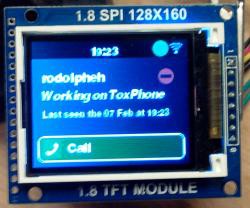
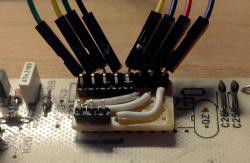
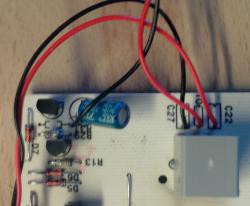
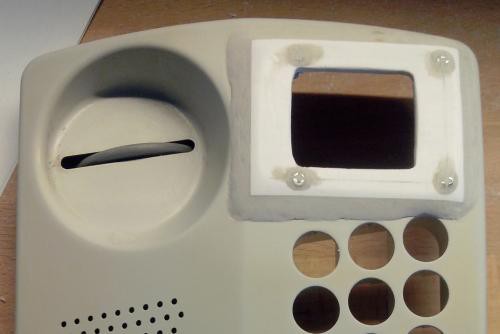
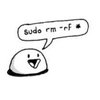

 overflo
overflo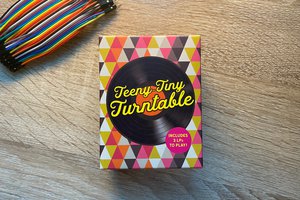
 Idrees Hassan
Idrees Hassan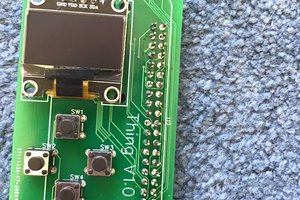
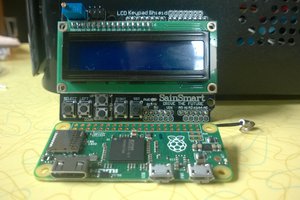
The only secure thing is a hand-drawn message sent with a courier.